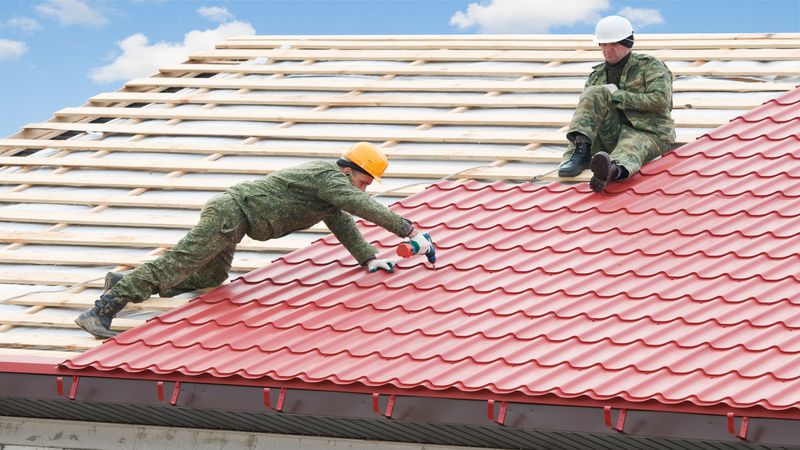Sometimes we under-appreciate rather clever and elegant solutions to complex problems. One example of a rather ingenious solution is the temporary fence. It might not seem like it, but temporary fences actually provide a lot of solutions to varied problems. The most common use of a temporary fence is at a construction site. There are a lot of reasons to want to provide a strong perimeter to a construction site. The first of which is the obvious needs for security and loss prevention. Tools might not have a lot of street value but to some people they might be worth lifting. Now a temporary fence won’t replace having security. If there is a lot of high value materials and tools it’d be in the interest of the company to have some security for the night.
Believe it or not though, the biggest value of temporary fences tends to be liability protection. That’s why you’ll see people put real fences around swimming pools, but any sort of construction or repair site will have temporary fences put up to protect a company against a law suit. There are also uses for temporary fences in terms of public events and crowd management issues. The nice thing about a temporary fence is that it’s very easily moved and placed where it’s needed then removed. Regular fencing is superior in many ways and a much more aesthetically pleasing long term solution. But event locations cannot set up permanent fences for all the places that they might need fencing. Even simple things like stadium parking can benefit from the temporary fence. Sometimes you’re hosting a limited event and walling off smaller portions of the parking lot can make it easier to keep the cars in a more easily secured location.
The temporary fence isn’t the greatest invention ever, but because it manages to provide many of the benefits of a fence (at its most elemental level) but in a much quicker and cheaper way it’s a rather ingenious solution. The difference is that a traditional fence is planted into the ground. Usually at specific posts which hold the fence in place and provide structural stability. Once a fence is placed it takes real work to remove it, the posts are often held in place with concrete. The advantage of a temporary fence is that while it lacks the structural stability of permanent fence it can be moved around easily, as such it’s much cheaper. If you choose to expand or shrink something you only need a few extra, or a few less segments of temporary fence and the problem’s solved.

